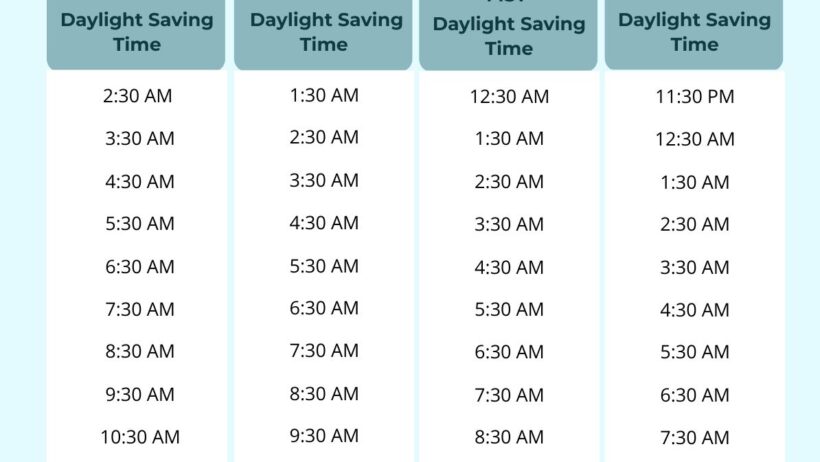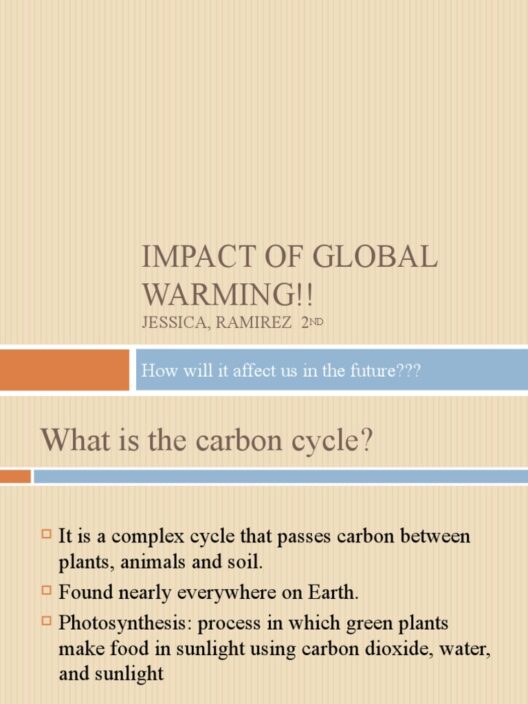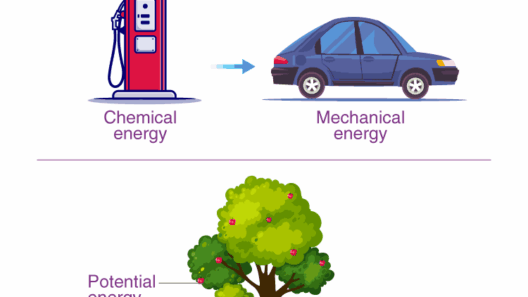The intricate relationship between Daylight Savings Time (DST) and energy conservation has garnered significant attention, both from researchers and policy makers. As the world grapples with the pressing issue of climate change and seeks effective strategies to reduce energy consumption, DST emerges as a seemingly simple, yet potent measure. By shifting the clocks forward in spring and back in autumn, this practice intends to better align our daily activities with natural sunlight, ultimately leading to potential energy savings.
Understanding the mechanics of DST necessitates an exploration of its historical context and the rationale behind its implementation. Initially instituted during World War I and later adopted during World War II, the primary goal was to conserve energy during times of national crisis. The premise was straightforward: by extending evening daylight, households and businesses would rely less on artificial lighting, thus utilizing less energy. This concept persists as nations around the globe continue to evaluate the implications of such temporal modifications.
A critical examination of the arguments for energy conservation through DST reveals a mix of empirical studies and anecdotal evidence. Research indicates that the extension of natural daylight in the evening can lead to reduced lighting usage. However, the real question remains: to what extent does this time change substantively impact overall energy consumption?
One compelling argument in favor of DST hinges on altered human behavior. When the clock springs forward, more people are inclined to engage in outdoor activities after work. This inclination can result in reduced electricity consumption, particularly in residential settings where electric lighting is heavily relied upon. Longer daylight hours entice individuals to bask in the sun rather than retreat to artificially lit interiors.
Analyzing the utility consumption statistics during the DST period across various countries adds another layer of understanding. In the United States, for instance, studies conducted by the U.S. Department of Energy suggest that DST may contribute to a reduction of approximately 0.5% in daily electricity usage. While this figure may initially seem modest, it translates to substantial energy savings on a national scale, equating to hundreds of thousands of barrels of oil annually.
However, energy savings from reduced lighting do not occur in isolation. Shifting the time forward can inadvertently lead to increased energy expenditure in other areas. The extended daylight may encourage the extensive use of air conditioning during warmer months, particularly in regions where afternoon temperatures spike. While the reduction in artificial lighting is quantifiable, the increase in energy demand from cooling systems complicates the narrative around DST’s overall impact on energy conservation.
The interplay between various energy consumption categories also extends to transportation. Longer daylight hours mean that more people are likely to drive their vehicles during daylight, potentially reducing the necessity for street lighting. The result is twofold: decreased energy expenditure on illumination while encouraging more outdoor leisure activities. However, if increased vehicular traffic is associated with a rise in fuel consumption, the net gain in energy conservation must be critically examined.
Investing in this dialogue on energy conservation also requires an acknowledgment of regional and environmental contexts. Different geographical areas experience various climatic conditions, further influencing the effectiveness of DST. For example, states in northern latitudes benefit more from DST due to the significant variance in daylight hours as seasons change. Conversely, regions closer to the equator experience uniform daylight throughout the year, leading to negligible advantages from shifting the clocks.
Public opinion on the efficacy of DST, intertwined with concerns about its practicality and convenience, contributes to the discourse on energy savings. Some individuals advocate for the abolition of DST altogether, arguing that the disruptions it causes in sleep cycles and timing create more harm than good regarding public health. As people grapple with time adjustments, the ripple effect may generate unintended consequences, including elevated energy consumption stemming from increased reliance on artificial light during transition weeks.
Looking to the future, it becomes essential to contemplate whether DST remains a viable solution for energy conservation. With advancements in technology, including the proliferation of energy-efficient appliances and smart home systems, the initial premise of DST may need reevaluation. These modern solutions can address energy consumption in ways that were not conceivable during the inception of DST.
The conversation surrounding Daylight Savings Time as a tool for energy conservation does not reside in a vacuum. It intersects with broader discussions about sustainability, climate change, and energy efficiency. As policymakers consider adjustments to this practice, they must inclusively weigh scientific evidence against human behavior and regional intricacies.
In conclusion, while Daylight Savings Time has the potential to promote energy savings by maximizing daylight usage, its overall impact is multifaceted. The dual nature of energy consumption—where advancements may counterbalance benefits—demands a nuanced understanding. Continual reevaluation of energy policies to suit contemporary circumstances, along with ongoing public discourse, will ensure that any time-related practices align seamlessly with our collective goal of energy conservation and a sustainable future.







